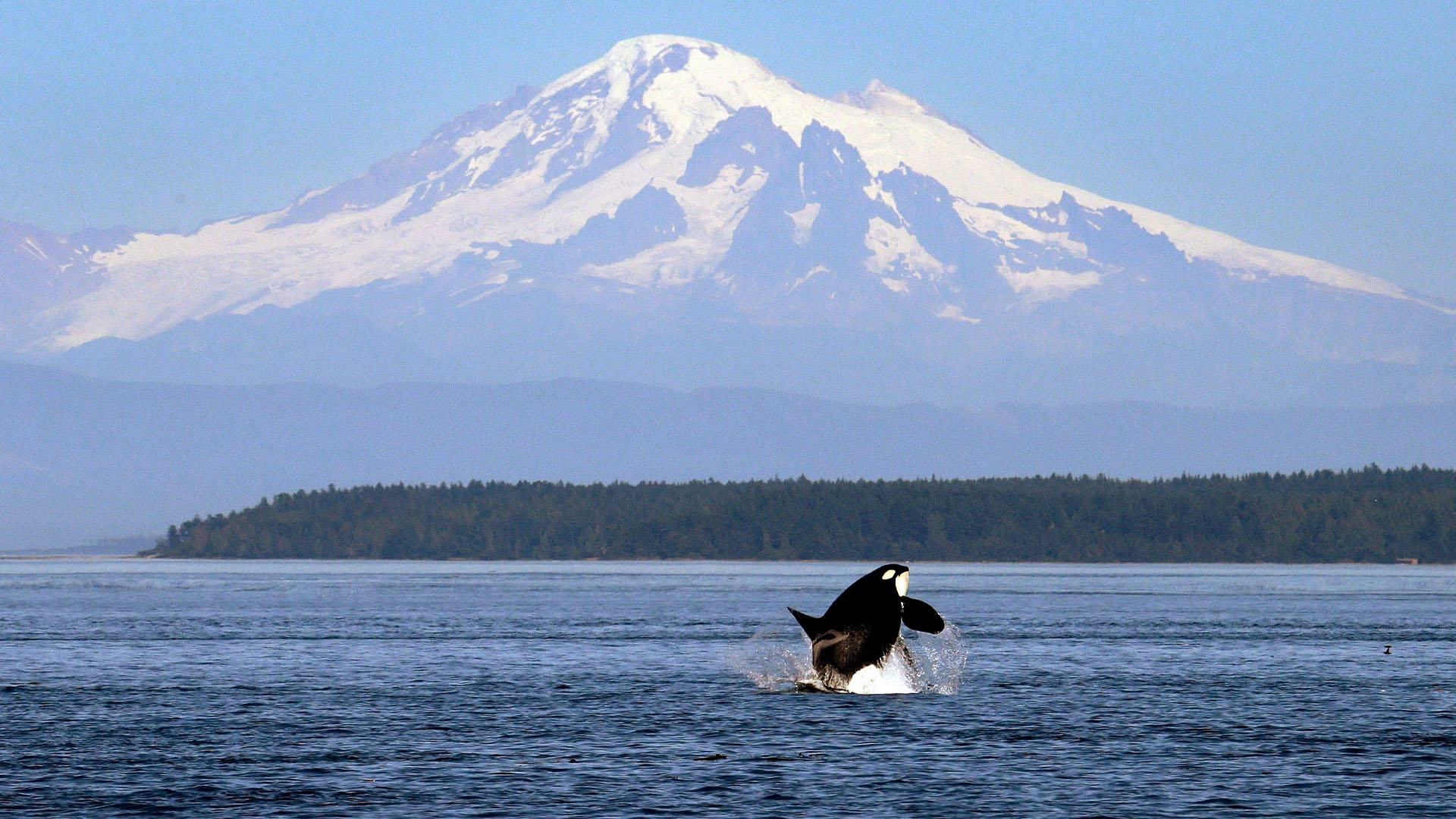
Nature isn’t an infinite resource to be exploited. Canada’s current socio-economic system, rooted in colonial resource extraction, has shaped our interactions with the natural world. The commodification of nature and the industrialization of our global society have led to habitat destruction, exploitation, pollution and global climate change – all with devastating effects on biodiversity.
The Canadian government has acknowledged the urgency of the nature crisis we are currently facing, but what is needed now is concrete action, not more talk. The federal government must commit to passing a nature and biodiversity accountability act that dismantles our colonial relationship with nature, respects Indigenous rights and guarantees equitable access to nature, while ensuring biodiversity protection targets are achieved.
This is a necessary step for the Canadian government to take to protect nature and wildlife. It will also decolonize our view of nature and entrench Indigenous rights and sovereignty in protection initiatives.
The 15th meeting of the Conference of the Parties (COP15) for the Convention on Biological Diversity (CBD) – the biggest international summit on biodiversity protection – is in Montreal this December. The conference will oversee the final negotiations about future commitments to protecting global biodiversity. Many environmentalists are expecting Canada, as a host country, to show up to this conference as if life on earth depends on it – because evidence suggests it does.
The federal government has set ambitious goals but fails at actual implementation. It did not meet its biodiversity targets under the last CBD plan – known as the Aichi targets – and has since committed to protecting 30 per cent of biodiversity on land and at sea by 2030. COP15 represents a major opportunity for Canada to play a global leadership role in nature protection.
Our Greenpeace report, Protecting Nature, Protecting Life proposes an outline of what should be done. Written in collaboration with legal experts from Ecojustice and Ecovision, this report exposes how Canada’s current laws are failing and highlights what’s needed to redefine our relationship with nature.
In 2019, an Intergovernmental Science-Policy Platform on Biodiversity and Ecosystem Services (IPBES) report revealed that one million species are currently at risk of extinction around the world.
Canada, which hosts an incredible array of biodiversity, is no exception to this global trend. Currently, more than 1,200 species are listed under the Species at Risk Act. That number continues to increase.
What’s more, our Greenpeace report indicates that between 1970 and 2014, mammal populations in Canada declined by 43 per cent, amphibian and reptile populations decreased by 34 per cent, while fish populations dropped by 20 per cent. This threatens the survival of ecosystems and the livelihoods of local communities that rely on them.
Canadian laws have proven largely inadequate and what laws are in place – such as the Species at Risk Act, the Canada Wildlife Act and the Migratory Birds Convention Act – are poorly implemented, outdated or in need of reform.
That’s because our legislative system prioritizes corporate profits over the health of the environment and local communities. It also puts profits over the rights and sovereignty of Indigenous Peoples.
The Trans Mountain pipeline expansion (TMX) is a prime example. The project was re-approved in 2019 without the consent of many Indigenous Peoples including the Secwépemc and Tsleil-Waututh First Nations. Its construction is expected to trigger a seven-fold increase in tanker traffic, threatening the very existence of the southern resident killer whales in the Salish Sea off B.C. Members of the Tsleil-Waututh Nation say their survival “goes hand in hand” with that of the whales.
In 2022, the Parliamentary Budget Officer Yves Giroux deemed the project “no longer profitable” after costs for the government-owned pipeline ballooned to more than $21 billion. Yet, the project is still going ahead.
If Canada is serious about its commitment to biodiversity, it’s time to create national legislation that sets targets for protection with a clear timeline and accountability.
A nature and biodiversity act (NBA) would codify what biodiversity protection entails and put Canada on a course to achieving it. It would focus on plans for protected spaces, connectivity between those spaces (which is essential for ecosystem function), thriving species and equitable access to nature. The act would require ministers to set interim targets to 2030 and submit plans that would include an explanation of progress. Additionally, the government would have to explain what resources (including agreements with provincial governments and Indigenous Peoples) will be used to achieve the goals.
Canada’s entire system of protected and conserved areas should be identified, managed and governed in partnership with Indigenous governments, consistent with the principle of free, prior and informed consent (FPIC) as expressed in the United Nations Declaration on the Rights of Indigenous Peoples (UNDRIP).
An NBA would recognize and enable sovereign Indigenous Peoples to manage protected areas, recover species at risk, and manage culturally important and harvested species in traditional territories. It would direct funding to Indigenous-protected and -conserved areas (IPCAs), encouraging partnerships and fostering reconciliation, along with protection and restoration of nature.
Under our proposed NBA, if the government’s plans don’t accord with the legal requirements, the public would be permitted to take the government to court to make sure they do. Further, no federal government decision would be permitted to interfere with or undermine the biodiversity goals – a protection that already exists in the United States in its Endangered Species Act and is overdue in Canada.
Another piece of legislation that will sit on the shelves for years to come is not what is needed. What we do need is a groundbreaking act that sharply focuses on halting biodiversity loss and restoring ecosystems. We need an act that is developed with the leadership of Indigenous Peoples, the true guardians of these lands, who display the most profound respect for our planet’s natural treasures. Last but not least, we need an act that ensures equal access to the natural world for everyone.












